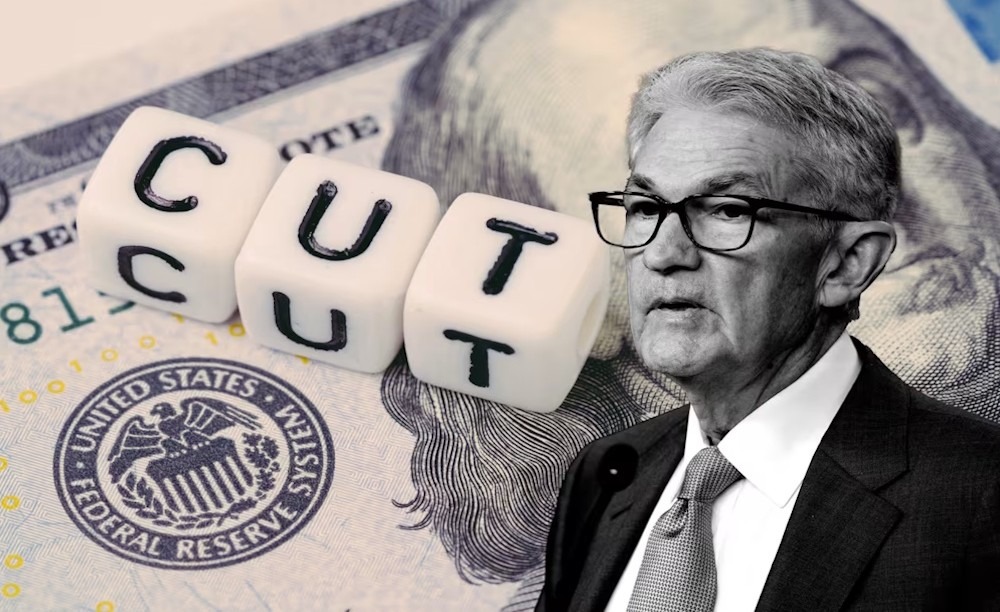
Analysts state that the Federal Reserve’s choice to lower interest rates and indicate further cuts does not represent a “policy error in the dovish direction,” despite what some observers have suggested. The bank informed clients that the Fed’s inflation predictions are “reasonable,” and noted that Fed Chair Jerome Powell’s remarks did not suggest a quick move to lower rates. They mentioned that if the Fed decides to slowly reduce borrowing costs, this might encourage investors to switch from short-term debt to long-term debt. By doing this, traders might get longer repayment terms. This could help them benefit from lower interest rates and also free up some short-term working capital.
The analysts supported their recommendation for a long position on swap contracts that are based on the U.S. five-year/five-year forward measure of market inflation expectations, commonly referred to as the “5y5y.” The measure relies on the breakeven rate, which is the gap between the yield of inflation-linked Treasury bonds and regular Treasury bonds. “The main point for the market is that the Fed is slowly approaching a neutral stance, but not without hesitation, likely based on hopeful views about the economy,” the analysts noted, talking about the idea of a “neutral” rate that neither boosts nor slows down growth. If the economy is as strong as the Fed predicts, they might reduce rates by a smaller amount than what the market expects right now. If it is weak, they will probably meet or go beyond future expectations.
The remarks follow the Fed’s decision to lower rates as anticipated on Wednesday, reducing borrowing costs by a quarter point to a target range of 4% to 4.25%. They also suggested that two additional cuts are likely in October and December. Powell referred to the cut as a way to manage risks, as the central bank aims to balance the challenges of a weakening job market and persistent inflation. Powell indicated that the recent weak jobs data is significantly influencing officials’ decisions, stating that “downside risks to employment have increased.” On the other hand, a rise in inflation was viewed as a more short-term issue. In theory, lower interest rates can boost investment and job creation, but they might also increase inflation risks.
The Fed’s announcement was important because it included new projections. Officials expect another half percentage point in rate cuts by the end of 2025. If this happens, borrowing costs would be between 3.5% and 3.75% – lower than what policymakers noted in their last outlook in June. Seven out of the 19 estimates predict smaller reductions this year, with one suggesting that rates might remain in the previous range of 4.25% to 4.5% for the rest of the year. This suggests that discussions might be intense as we approach the upcoming Fed meetings in October and December.
Markets currently see about a 92% likelihood of a 25-basis point cut in October, and around an 80% chance of a similar reduction in December. At the same time, the Fed’s forecasts indicated that most policymakers believe the economy will grow by 1.6% this year, which is higher than the prediction made in June. The jobless rate at the end of the year is expected to be 4.5%, while the underlying inflation is projected to be 3.1%. Price increases are expected to remain above the Fed’s 2% target until 2028.
